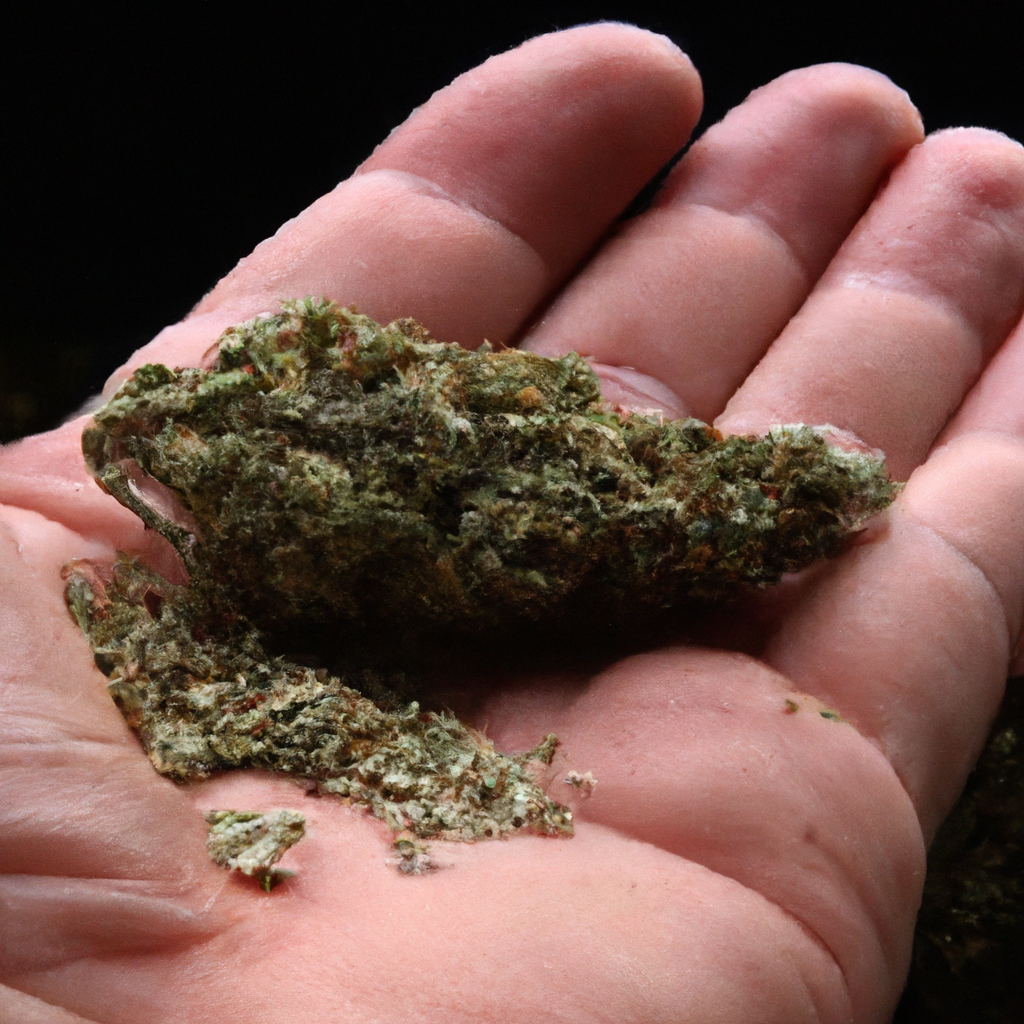Hello, I’m John “Magic” Greenleaf, and today, we’re diving into a lesser-discussed but pivotal domain of cannabis use: respiratory health. As an experienced cannabis cultivator and advocate for medicinal cannabis, I’ve dedicated years to understanding the myriad ways this versatile plant can assist in holistic wellness. My expertise stems from years spent perfecting cultivation practices right here in the Colorado Rockies, optimizing both efficiency and potency.
Understanding the Connection Between Cannabis and Respiratory Health
For generations, the emphasis of cannabis research has primarily been on its recreational use and pain relief benefits. However, there’s growing interest in how specific compounds within cannabis might support respiratory wellness. While smoking is not advisable for lung health, alternative methods such as vaporizers, tinctures, and topical applications offer new ways to harness potential benefits without the drawbacks.
Terpenes: The Aromatic Allies
Terpenes, the aromatic compounds in cannabis, play a crucial role in its effects. Certain terpenes like pinene, known for its fresh, pine scent, are being studied for potential bronchial dilation effects. This could suggest why some users report easier breathing following their use.
- Pinene: May aid in respiratory function and improve airflow in the lungs.
- Limonene: Known for its citrusy aroma, it’s thought to contribute to congestion relief.
Strategies for Cultivating Respiratory-Friendly Cannabis
Maximizing these terpenes involves integrating some specific cultivation practices. Here’s how you can take a leaf from my playbook to enhance your cannabis strains for respiratory benefits:
- Genetic Selection: Opt for strains rich in pinene and limonene.
- Controlled Environment: Maintain optimal humidity (45-50% during flowering) to boost terpene production.
- Efficient Irrigation: Use water-saving techniques like drip irrigation to nurture terpene-rich plants sustainably.
The Ethical Path Forward: Reshaping Perceptions
The conversation regarding cannabis and respiratory health must evolve hand-in-hand with advances in cultivation techniques. This includes advocating for more research and societal support for non-combustible methods of consumption to optimize benefits while minimizing risks.
As we continue to learn from cannabis, it remains crucial to focus on responsible growth, practical applications, and supporting local communities. Remember, “cannabis is a teacher; I’m just the student with 30 years of notes.” Consider this an invitation to join the exploration of cannabis’s vast potential for respiratory wellness.
Conclusion
As we refine our understanding and application of cannabis in medicinal contexts, focusing on respiratory health opens new possibilities for enhancing quality of life. Let’s continue to explore this intriguing domain together, paving the way for a healthier tomorrow.
Catch you next time, or as I like to say, “Healthy roots, healthy buds, happy harvests.”
Tags: Medicinal Benefits, Environmental Control, Terpene Mastery


Leave a Reply